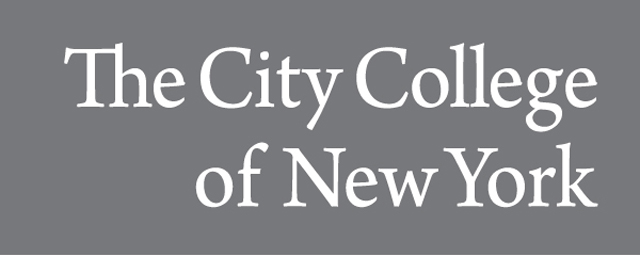
Dissertations and Theses
Assessment of Injection Behavior of Commercially-available Bone BSMS for Subchondroplasty Procedures
Date of Award
2015
Document Type
Thesis
Department
Biomedical Engineering
First Advisor
Mitchell Schaffler
Keywords
Bone cement, Calcium Phosphate, Bioactive fibers/beads
Abstract
Subchondroplasty is a procedure that utilized bone substitutes materials (BSMs) or bone cement to correct bone defects in the subchondral bone. The two main materials used to compose BSMs are poly-methyl-methacrylate (PMMA) and calcium phosphate cement (CaP). Currently, there is no optimal bone material substitute in the market that can provide both the adequate mechanical support and the right viscosity to reach the affected area in the subchondral bone. In addition, there is also no established parameter for their proper use, based on the defect size and location. PMMA possesses comparable mechanical properties to bone (i.e. 96 MPa in compressive strength) but does not promote bone formation. Meanwhile, CaP possesses biocompatibility and degradability properties but as a material, has weak compression strengths (i.e. 6 MPa) and no shear strength. The objective of this study was to evaluate the in vitro injectability of several common commercially available BSMs into a simulated trabecular bone model. The aim was to evaluate the performance of eight commercially available BSMs, (AccuFill®, Simplex™, StrucSure™, Beta BSM™, Cerament™, Hydroset™, Norian™ SRS, Pro-Dense®) including the force required to deliver the bone substitute into the simulated cancellous bone (PVF 12.5 polyurethane foam), the amount of BSM injected, and the flow pattern in a closed void. Thus far, we found that the CaP-based AccuFill was the only cement that was easily delivered (i.e. lowest injection force), in sufficient volumes, and easily filled the affected area without damaging the host structure (p<0.001). In an attempt to enhance the mechanical properties of the CaP-based AccuFill, we mixed AccuFill with different weight percentage ratios of bioactive glass fibers and beads. Overall, adding bioactive components to AccuFill did not affect injection force and delivery of material (p<0.05). Adding 10% wt glass fibers increased compressive strength of the new BSM by 15%. This study is the first to compare the required forces to inject various commercially available BSMs, and compare the flow behavior and mechanical strengths within simulated cancellous bone structures. Data from this study can be used to further analyze the feasibility of future BSM composites to improve success rate in subchrondroplastic procedures.
Recommended Citation
Colon, Dinely A., "Assessment of Injection Behavior of Commercially-available Bone BSMS for Subchondroplasty Procedures" (2015). CUNY Academic Works.
https://academicworks.cuny.edu/cc_etds_theses/821

